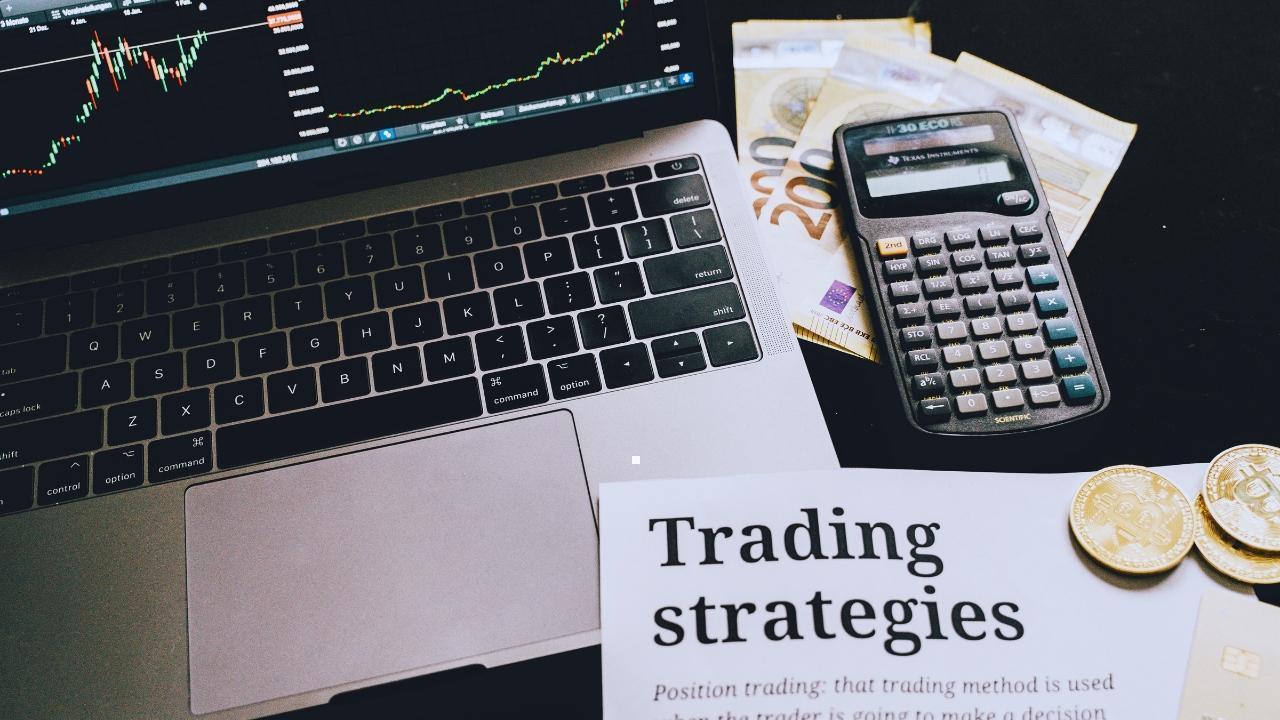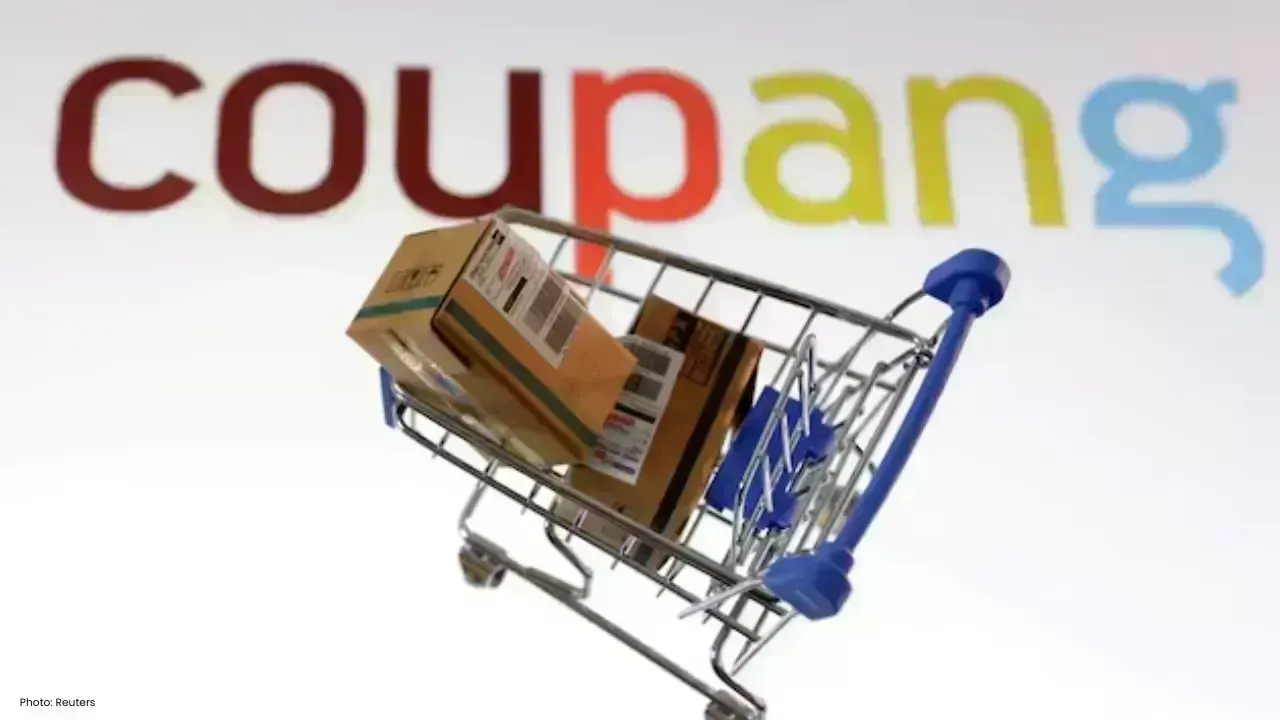You have not yet added any article to your bookmarks!

Join 10k+ people to get notified about new posts, news and tips.
Do not worry we don't spam!

Post by : Anis Farhan
Southeast Asia is undergoing a transformative wave driven by the convergence of artificial intelligence (AI) and infrastructure expansion. The region—already a crucial node in the global supply chain—is now evolving into a high-tech export powerhouse. AI is no longer confined to futuristic labs or predictive analytics in e-commerce. Instead, it is being deeply embedded in ports, highways, logistics hubs, and digital customs systems to enhance cross-border trade efficiency. With countries like Singapore, Vietnam, Thailand, and Indonesia investing heavily in both digital and physical infrastructure, Southeast Asia is embracing the AI-powered future of trade to reshape its position in the global market.
Modern infrastructure is no longer just about roads, ports, and railways. In today’s rapidly digitizing world, infrastructure also includes smart supply chain ecosystems where real-time tracking, data analysis, and AI-based forecasting are revolutionizing how goods move.
Southeast Asia is investing in smart ports—automated terminals equipped with AI sensors, drone surveillance, and machine learning to manage container flow and reduce human error. Singapore’s Tuas Mega Port is a glowing example, using AI-powered cranes and predictive software to slash turnaround times by up to 50%. Similarly, Thailand’s Laem Chabang Port and Vietnam’s Hai Phong are being upgraded with intelligent systems to handle more cargo with fewer delays.
This AI-driven evolution in logistics has led to a direct surge in export capacity. By reducing inefficiencies in shipping, customs clearance, and intermodal transport, these systems allow exporters to scale up operations without proportionally increasing cost or workforce size.
AI isn’t just speeding up local infrastructure—it’s helping integrate entire countries into unified trade corridors. The ASEAN Smart Logistics Network (ASLN), for instance, aims to connect logistics hubs across borders with AI-enhanced tracking and data-sharing protocols. It combines AI with cloud computing and blockchain to provide seamless coordination between trucks, ships, trains, and cargo handlers operating in multiple countries.
This level of integration enables countries like Laos and Cambodia—traditionally dependent on older trade routes—to become more active exporters by syncing up with regional networks. AI-enabled border processing tools, such as intelligent customs pre-clearance systems, facial recognition for trade documents, and risk-predictive modeling, further eliminate bureaucratic chokepoints that often plague trade in developing economies.
The benefits of AI go beyond infrastructure and into the heart of what Southeast Asia exports. In agriculture, AI-powered drones, precision farming techniques, and yield prediction tools are boosting output in countries like Indonesia, Thailand, and Vietnam. This has directly impacted the value and volume of agricultural exports.
In manufacturing—a cornerstone of export for Malaysia and Thailand—AI is being applied to automate quality control, reduce waste, and predict equipment maintenance. This reduces downtimes and ensures a consistent flow of high-grade products into the export pipeline.
Vietnam, for instance, has seen a rise in semiconductor and electronics manufacturing, powered by AI-supported processes. These smarter factories produce better outputs and feed into AI-enhanced logistics systems—creating a self-reinforcing loop that elevates the entire export cycle.
Physical infrastructure and AI alone can’t sustain a trade boom—policy must keep up. Southeast Asia is rapidly building the digital legal frameworks needed to support AI-powered exports. The ASEAN Agreement on Electronic Commerce and new bilateral digital trade agreements—such as those between Singapore and South Korea—are key steps toward a digitally interoperable region.
These agreements often include clauses on digital identity, AI ethics, data flow, and cybersecurity. They’re crucial to building trust among international partners and enabling AI-powered export mechanisms to operate across jurisdictions without regulatory hiccups. In this ecosystem, AI isn’t just an enabler—it becomes a compliance tool, detecting fraud, flagging illicit shipments, and ensuring data authenticity.
Despite the positive trends, the AI-powered trade revolution isn’t seamless. There are deep-rooted disparities between nations in Southeast Asia in terms of infrastructure maturity. While Singapore leads with smart ports and full digital customs, Myanmar and Laos still struggle with basic broadband and port facilities.
Additionally, the effectiveness of AI hinges on high-quality data. In countries lacking robust data governance frameworks or data collection systems, AI implementation remains limited. Bias in algorithms, outdated training datasets, and cybersecurity threats also pose major risks. Moreover, small businesses—especially rural exporters—may find the upfront cost of AI adoption prohibitive, limiting the benefits to urban hubs and larger firms.
Southeast Asia’s proximity to China places it in both a strategic and precarious position. On one hand, rising tensions between China and Western powers have forced many companies to adopt a “China Plus One” strategy—diversifying manufacturing bases to Southeast Asia. This trend has led to increased foreign direct investment (FDI), particularly in smart logistics, industrial automation, and AI-backed production centers.
On the other hand, AI infrastructure in the region heavily relies on Chinese technology vendors like Huawei and Alibaba Cloud. This creates dependencies and potential geopolitical risks, especially if digital infrastructure becomes weaponized through sanctions or surveillance concerns.
In the past five years, Southeast Asia has seen an influx of FDI directed specifically at infrastructure upgrades tied to AI and trade. Japan, South Korea, and the United States have all invested in AI-enhanced railway systems, smart energy grids, and industrial parks optimized for export.
Multilateral initiatives like the G7’s Partnership for Global Infrastructure and Investment (PGII) and China’s Belt and Road Initiative (BRI) have also begun integrating AI mandates in new funding proposals. These efforts reflect a growing global consensus: trade in the future will be driven by how smart a country’s export backbone is.
While large corporations have been the first to adopt AI, governments are now pushing for wider inclusion. Malaysia and Vietnam have introduced grant schemes and sandbox environments to encourage AI adoption by small and medium-sized enterprises (SMEs). These businesses form the backbone of the region’s export economy, and equipping them with AI tools—from chatbots to AI-based demand forecasting—could exponentially increase their competitiveness.
Some marketplaces and digital platforms are also offering plug-and-play AI features for exporters. These tools offer language translation, automated inventory management, and logistics tracking, allowing even first-time exporters to operate with enterprise-level precision.
Looking forward, Southeast Asia is poised to evolve from a regional export hub to a global leader in AI-powered trade. Countries are increasingly cooperating on transnational smart infrastructure, open data sharing, and AI safety protocols. There’s growing interest in creating an ASEAN AI Protocol—similar to the EU AI Act—that would guide ethical AI use across trade sectors.
As green logistics, autonomous vehicles, and predictive analytics continue to mature, the region’s ability to adapt will determine its future standing. A new chapter is unfolding where intelligent infrastructure is no longer optional—but a fundamental driver of prosperity.
This article is intended for informational purposes only and does not constitute financial, trade, or investment advice. Readers are advised to conduct their own research and consult with professionals before making decisions based on the content presented. Newsible Asia does not take responsibility for any actions taken based on this article.










Two Telangana Women Die in California Road Accident, Families Seek Help
Two Telangana women pursuing Master's in the US died in a tragic California crash. Families urge gov

Ranveer Singh’s Dhurandhar Roars Past ₹1100 Cr Worldwide
Ranveer Singh’s Dhurandhar stays unstoppable in week four, crossing ₹1100 crore globally and overtak

Asian Stocks Surge as Dollar Dips, Silver Hits $80 Amid Rate Cut Hopes
Asian markets rally to six-week highs while silver breaks $80, driven by Federal Reserve rate cut ex

Balendra Shah Joins Rastriya Swatantra Party Ahead of Nepal Polls
Kathmandu Mayor Balendra Shah allies with Rastriya Swatantra Party, led by Rabi Lamichhane, to chall

Australia launches review of law enforcement after Bondi shooting
Australia begins an independent review of law enforcement actions and laws after the Bondi mass shoo

Akshaye Khanna exits Drishyam 3; Jaideep Ahlawat steps in fast
Producer confirms Jaideep Ahlawat replaces Akshaye Khanna in Drishyam 3 after actor’s sudden exit ov